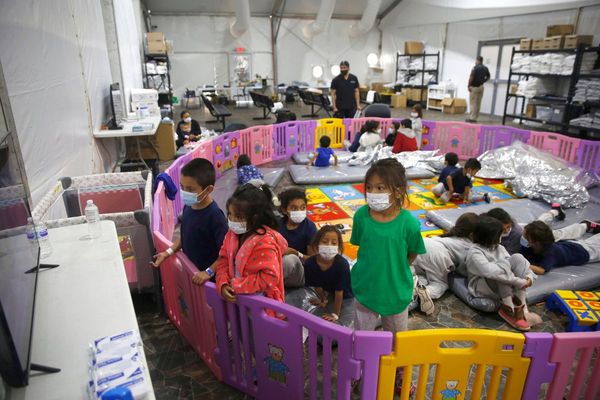Toddlers and young kids are naturally curious, and while their curiosity is part of healthy development, it also puts them at risk inside the home. Everyday items that seem harmless to adults—cleaning supplies, cords, even furniture—can turn dangerous in a flash. That’s why taking action to protect your home isn’t just helpful, it’s urgent. Whether you’re a new parent or just haven’t updated safety features in a while, a few practical changes can go a long way in keeping your little ones safe. Let’s break down six must-do steps you can take today to child-proof your home effectively.
1. Secure Furniture to Prevent Tipping Hazards
Tall furniture like dressers, bookshelves, and TV stands can be incredibly dangerous if they’re not anchored properly. Young kids often use drawers and shelves to climb, unaware of the danger. Use anti-tip brackets or wall anchors to secure heavy furniture to the wall, especially in bedrooms and living spaces. This quick fix can prevent serious injuries caused by falling furniture, which are more common than many parents realize. Regularly check fastenings to make sure nothing has loosened over time.
2. Lock Away Hazardous Products
Cleaning supplies, medications, alcohol, and sharp objects should always be stored in locked cabinets well out of reach. It only takes a moment for a child to ingest or handle something dangerous when your back is turned. Install child-proof locks on cabinets in kitchens, bathrooms, and garages to block access to harmful products. Don’t rely on high shelves alone, since kids are resourceful climbers. Keeping these hazards locked up is one of the most important ways to protect your home from unintentional poisoning and injuries.
3. Cover Electrical Outlets and Hide Cords
Little fingers are drawn to anything they can poke, pull, or chew—including electrical outlets and cords. Use sliding outlet covers or plug-in protectors to keep outlets safe when not in use. Hide or bundle loose cords from lamps, TVs, and chargers to reduce tripping and strangulation risks. You can purchase cord management kits or secure cords behind furniture where they’re harder to reach. Taking these steps doesn’t just improve home safety, it also helps keep your space neat and tidy.
4. Use Safety Gates in High-Risk Areas
If your home has stairs or rooms with dangerous objects like tools or fireplaces, safety gates are essential. Install pressure-mounted or hardware-mounted gates depending on the area and level of risk. Gates are not just for stairs—use them to block off the kitchen during cooking time or laundry areas with chemical products. Make sure gates are tall and sturdy enough that your child can’t climb over or dislodge them. Choosing the right safety gate is a powerful way to protect your home by limiting access to high-risk areas.
5. Soften Sharp Corners and Edges
Coffee tables, fireplace hearths, and low countertops often have sharp corners that are right at toddler-head level. Corner guards and edge bumpers can reduce the impact if your child falls or bumps into furniture. These are affordable, easy to install, and come in styles that blend with your home décor. Even a minor trip can result in a serious head injury, so taking this extra step is well worth the effort. Routinely check bumpers for wear and tear to ensure they stay securely in place.
6. Be Mindful of Water Safety at All Times
Bathtubs, sinks, toilets, and even buckets of water can pose a drowning risk for small children. Never leave a child unattended in or near water, even for a second. Install toilet locks and drain bathtubs immediately after use to eliminate hazards. If you have a backyard pool, it should be surrounded by a locked fence and monitored constantly. Water safety starts with prevention and active supervision to protect your home from one of the most silent household dangers.
Kid Safety is Built on Intentional Habits
Protecting your home from hidden dangers doesn’t mean turning it into a fortress. It’s about making intentional choices that create a safer environment for your child to grow, play, and explore with fewer risks. Many of these changes can be done in an afternoon, but the peace of mind they bring lasts much longer. As kids grow, their ability to access new things changes, so stay observant and adjust your safety strategies accordingly. A protected home doesn’t just happen by chance—it’s created with care.
Which step have you already taken to protect your home, and what’s next on your child-proofing list? Share your tips or questions in the comments!
Read More:
Value Killer: 5 Home Renovations Decreasing Kids’ Safety
How to Create a Child-Friendly Home Design During Your Remodel
The post Child-Proof Now: 6 Urgent Steps to Protect Your Home from Kids’ Dangers appeared first on Kids Ain't Cheap.








